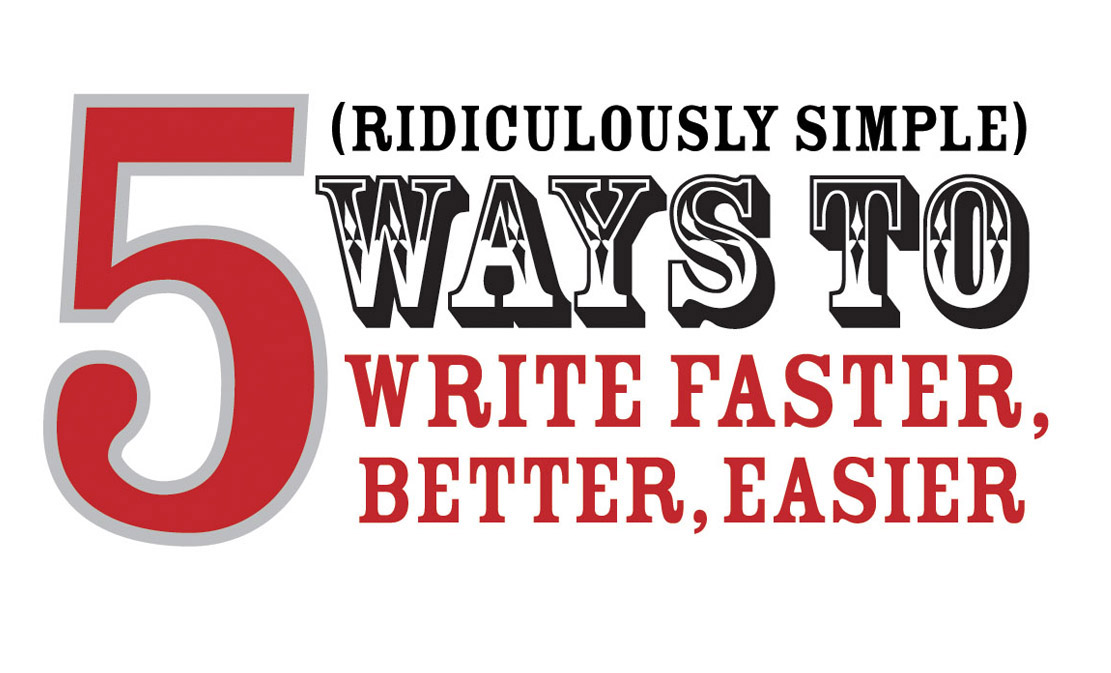MultiMedia Narratives: 3 Commitments for Successful Engagement
 Wednesday, January 13, 2010 at 05:58AM
Wednesday, January 13, 2010 at 05:58AM 
Ever hear this at work?
“Are you kidding? No one reads that newsletter.”
“Hey, if it’s that important, someone will eventually tell me.”
“C’mon, it’s the same ol’ stuff– over and over.”
If so, you’re certainly not alone.
Nowadays, it’s getting harder and harder to:
• Grab someone’s attention (so you have a shot at getting heard).
• Be entertaining (so they stay with you).
• Connect the dots so it means something (so they can act on it).
So what the heck are you suppose to do?
Tell a story, of course!
Chances are, after seeing or hearing a story, you said or heard:
“That story really got me thinking…”
“How can I learn more?”
“Wow, I never saw it that way.”
Who wouldn’t want these kinds of responses in their communication strategies?
Why do narratives create these kinds of responses?
Because they’re emotional, memorable and spreadable.
But, hey- what if you’re not using narratives in your organization?
How do you get started? What perspectives, attitudes or commitments does it take to embrace narratives in your communications strategies?
Here are a few things to think about.
Multi-Media Narratives: 3 Commitments for Successful Engagement
Commitment #1: Renew
When we renew something, we “breathe new life” into it. Let’s not keep things stale doing the “same old, same old.”
Let’s commit to:
1. Picturing the end in mind.
What do you want to achieve? Does it tie into your business strategies?
2. Finding three champions.
Who will support your idea? What’s in it for them? Who else do they know?
3. Thinking big. Starting small.
Roll out the stories to a few people or areas at first. Then let it grow organically.
Commitment #2: Restore
When we restore something, it means we are bringing something back to its original condition.
Let’s commit to:
1. Rediscovering meaningful engagement.
Stop doing what is not working. Sure it’s safe, but really– if it’s broken, why bother?
2. Simplifying the complex.
Commit to keeping things simple. If it’s complex, map out several stories that gradually draw connections to the “bigger picture.”
3. Creating believable communications.
Capture real people with real stories. They’re everywhere if we just learn to tap into them.
Commitment #3: Rekindle
What happens after we rekindle something? Our passions and emotions become stirred. We feel alive. We become awake.
Let’s commit to:
1. Inspiring others.
Capture employees sharing their tips, their struggles, their dreams. We all inspire each other in unseen ways. Multimedia is a powerful way to capture the spirit that inspires us to act.
2. Connecting the dots.
Spend time deciphering and understanding the underlying processes that connects disparate ideas and people into a cohesive whole.
3. Always be curious!
Stories are created at the speed of light. Always be on the lookout for success stories, leadership stories, customer stories, etc.
There you have it. Three commitments: Renew. Restore. Rekindle.
Three commitments you need to bring your stories to life and engage your audience in a purposeful, meaningful way.
Over to you. What would you change? What parts work? What areas don't?
---Tom
P.S. This post originally appeared in FastCompany.com.


